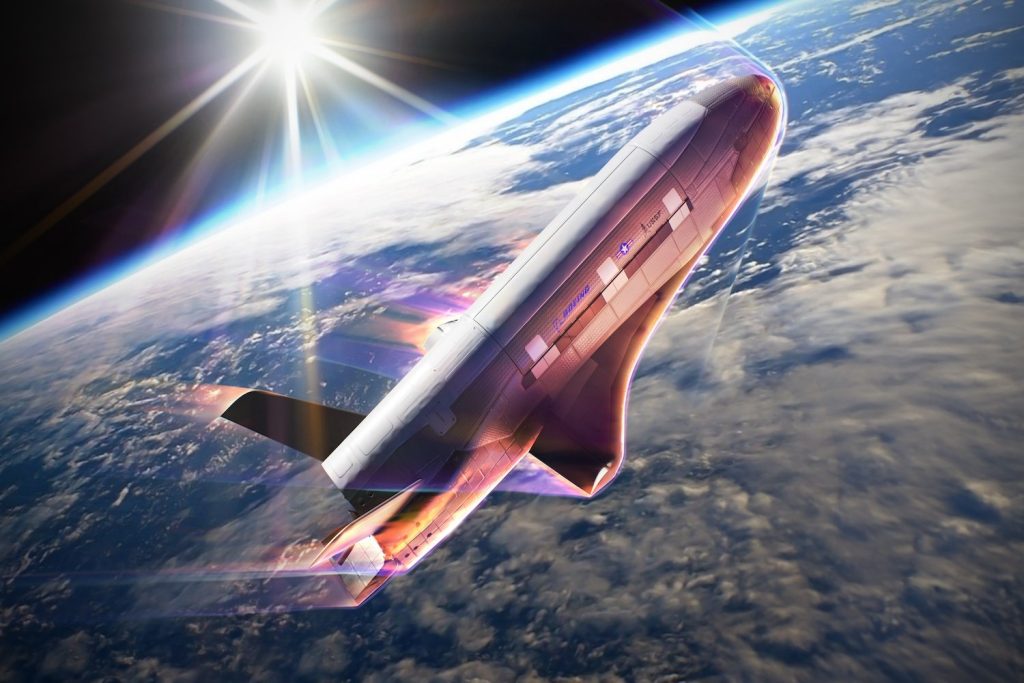After spending a little over 10 months in space, the U.S. Space Force’s experimental spaceplane known as X-37B will attempt to use Earth’s atmospheric drag to change its orbit for the first time.
SpaceX’s Falcon Heavy rocket launched the X-37B Orbital Test Vehicle on December 29, 2023, marking the first time it carried the spacecraft. This is the spaceplane’s seventh time in orbit, and the Space Force has big plans for the last leg of its test vehicle’s journey around Earth. The spaceplane will begin a series of orbital maneuvers known as aerobraking, which uses the drag of Earth’s atmosphere to change orbit while expending minimal fuel, the Space Force announced on Thursday.
The X-37B, built by Boeing, will dispose of its service module before completing its remaining mission objectives, which the Space Force has not disclosed, and then de-orbit to conclude its seventh mission in space. “This novel and efficient series of maneuvers demonstrates the Space Force’s commitment to achieving groundbreaking innovation as it conducts national security missions in space,” Frank Kendall, secretary of the U.S. Air Force, said in a statement.
The Space Force has remained fairly secretive regarding its test vehicle, keeping its capabilities and specifics under wraps as it competes with China to develop the next generation of reusable spacecraft. There was little information shared about the spaceplane’s ongoing mission, with the Space Force only revealing that its vehicle would operate in new orbital alignments and carry out experiments with “space domain awareness technologies.” It remains unclear what those technologies are, or what they would be used for.
For its seventh mission, the spaceplane is also carrying a NASA experiment designed to expose plant seeds to the harsh radiation environment of long-duration spaceflight in order to gather data for future crewed missions.
The X-37B launched in May 2020 atop a United Launch Alliance Atlas V rocket for its sixth mission, and it stayed in orbit for 908 days before landing at NASA’s Kennedy Space Center in November 2022, beating its previous record of 780 consecutive days in orbit.
As the name suggests, a spaceplane is a spacecraft-airplane hybrid that combines the capability to reach Earth orbit with the ease of landing horizontally back on the ground, increasing its potential for reusability. China is in the midst of testing its own spaceplane, Shenlong, which recently completed its third mission after spending 268 days in orbit. Naturally, China is also quite secretive about its reusable vehicle.
It’s not clear when the U.S. Space Force will land its spaceplane this time, but the latest announcement suggests that it might be nearing the end of its mission, which would make its sixth time in orbit relatively short. If that’s the case, perhaps the Space Force is focused on carrying out new maneuvers rather than spending more time in orbit, possibly closing in on the spaceplane’s final developments.

